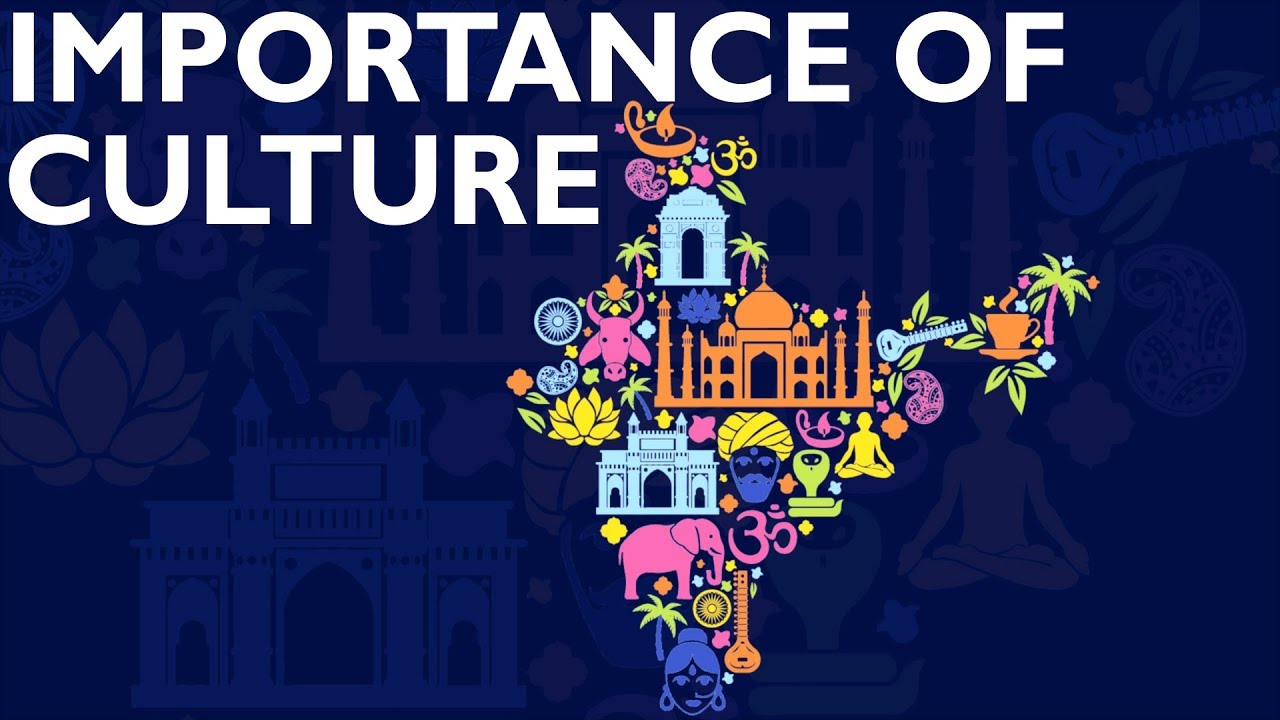Culture and society | Society and Culture | MCAT | Khan Academy
Summary
TLDRThe video script explores the intertwined concepts of culture and society, illustrating how culture, akin to the software of a phone, provides the guidelines for living, while society, like the hardware, offers the organizational structure. Culture encompasses diverse elements such as language, art, and beliefs, shaping a society's shared knowledge and values. The script emphasizes that while distinct, culture and society are interdependent, with culture constantly evolving and society functioning through its cultural norms, much like a phone requires apps to be useful.
Takeaways
- 🌐 Culture refers to the shared knowledge, beliefs, and values that bind a society together, encompassing elements like artwork, language, and literature.
- 🏙️ Society is the organization of people living together in a specific geographic area, interacting more with each other than with outsiders.
- 🤝 Culture and society are interconnected; understanding one requires understanding the other.
- 📚 Culture can be seen as the 'rules' that guide how people live, while society is the 'structure' that organizes them.
- 📱 The analogy of a phone is used to explain the relationship between society (hardware) and culture (software).
- 👨👩👧👦 Institutions like family, education, and politics are key parts of society that meet basic human needs.
- 🛠️ Hardware represents the physical aspects of society, like the actual phone and its case.
- 💡 Culture, like software, provides guidelines for living and is intangible, similar to the apps on a phone.
- 🔄 Culture is dynamic and constantly evolving, much like how apps are updated with new features and bug fixes.
- 🎯 The usefulness of a phone is dependent on its apps, just as society's functionality relies on its culture.
- 🌟 Society and culture are distinct but interdependent; society cannot function without its culture, similar to a phone without apps.
Q & A
What is the definition of culture as described in the script?
-Culture is defined as a way of life shared by a group of people, encompassing the knowledge, beliefs, and values that bind a society together. It is diverse and may include elements such as artwork, language, and literature.
How does the script describe the relationship between culture and society?
-The script describes culture as the guidelines that guide the way people live, similar to the software of a phone, while society is the structure that provides organization for people, akin to the hardware of a phone. They are interconnected and cannot exist without each other.
What is the role of society in the context of the script?
-Society is described as the way people organize themselves, living together in a specific geographic area and interacting more with each other than with outsiders. It includes institutions like family, education, and politics that meet basic human needs.
How are institutions in society compared to the hardware of a phone?
-Institutions in society, such as family, education, and politics, are compared to the hardware of a phone because they are the physical, tangible parts that provide the structure and organization necessary for society to function.
What analogy is used in the script to explain the concept of culture?
-The script uses the analogy of a phone's software and apps to explain the concept of culture. Just as software provides instructions and code for a phone, culture provides guidelines for living and is constantly updated and reshaped from generation to generation.
Why are apps on a phone compared to culture in the script?
-Apps on a phone are compared to culture because they are the non-physical, intangible aspects that give functionality and meaning to the device, much like how culture gives meaning and purpose to the interactions and structures within a society.
How does the script suggest culture is learned and transmitted?
-The script suggests that culture is learned and transmitted through the analogy of app updates, where new features or bug fixes are introduced, indicating that culture is constantly evolving and passed down from one generation to the next.
What is the significance of the statement 'society cannot function without its culture' in the script?
-The statement emphasizes the interdependence of society and culture. Just as a phone is useless without apps, society lacks the necessary guidelines and meaning to function effectively without its cultural framework.
How does the script differentiate between the tangible and intangible aspects of society and culture?
-The script differentiates by comparing the tangible aspects, like the physical phone and its hardware, to the institutions and structure of society, and the intangible aspects, like software and apps, to the guidelines and values of culture.
What does the script imply about the necessity of understanding both society and culture?
-The script implies that to fully understand either society or culture, one must understand both, as they are interconnected and provide the framework and meaning for human interaction and organization.
How does the script use the evolution of apps to illustrate the dynamic nature of culture?
-The script uses the evolution of apps, which are constantly being improved and updated, to illustrate that culture is also dynamic, learned, and reshaped, reflecting the changing knowledge, beliefs, and values of a society over time.
Outlines

This section is available to paid users only. Please upgrade to access this part.
Upgrade NowMindmap

This section is available to paid users only. Please upgrade to access this part.
Upgrade NowKeywords

This section is available to paid users only. Please upgrade to access this part.
Upgrade NowHighlights

This section is available to paid users only. Please upgrade to access this part.
Upgrade NowTranscripts

This section is available to paid users only. Please upgrade to access this part.
Upgrade Now5.0 / 5 (0 votes)





